The Best Makeup Primer for Crossdressers
Primer is a foundation to avoid makeup smudging or fading, prevent irritation and breakouts, and help your makeup last all day.
But which one is best for crossdressers? What primers should you use?
This article will help you decide and guide you accordingly.
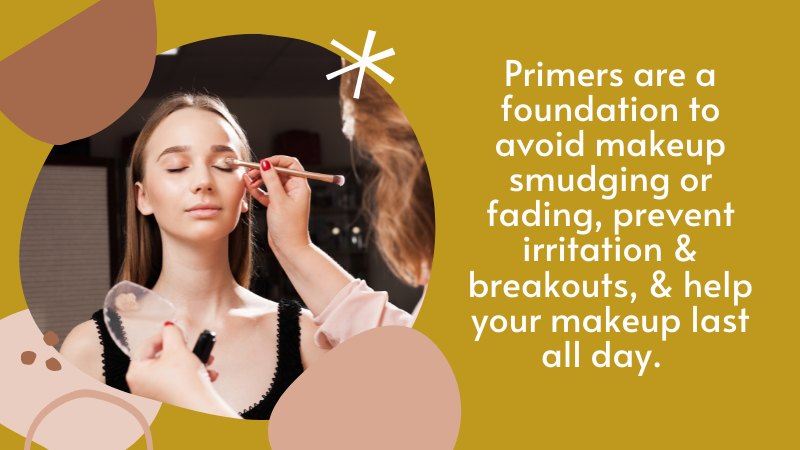
There are various types of primers, including water-based, silicone-based, and oil-based primers.
However, the best primer for crossdressers is water-based.
This type is non-comedogenic and contains no wax or silicone, which can cause clogged pores and breakouts for crossdressers who have oily skin.
Water primers are also known as occlusive, which aid in smoothing, absorbing, and reducing the appearance of pores through their moisture content.
Using water-based primers also protects your skin from sun damage, which helps prevent fine lines, wrinkles, and other aging effects.
Note that some products may call themselves primers when they are, in fact, moisturizers and are not suitable to use as a primer by crossdressers.
This article will categorize primers into different types depending on their functions and provide reviews of the best foundations for crossdressers.
And remember that when choosing a primer, you should always look for the best primer suitable to your skin type.
1. Introduction to makeup primer

Primers are a foundation to avoid makeup smudging or fading, prevent irritation and breakouts, and help your makeup last all day.
Primer is a lotion/combination of various chemicals that create a smooth texture on the skin. In simple words, it’s a type of compound that makes an excellent base for all makeups and foundations.
Primers create an even surface on the skin to allow only certain products to adhere correctly to the surface.
It also helps to seal the pores and other flaws on the skin.
When you apply makeup, it will get stuck to your skin instead of sliding off.
That’s why primers play a significant role in crossdressers’ makeup routines.
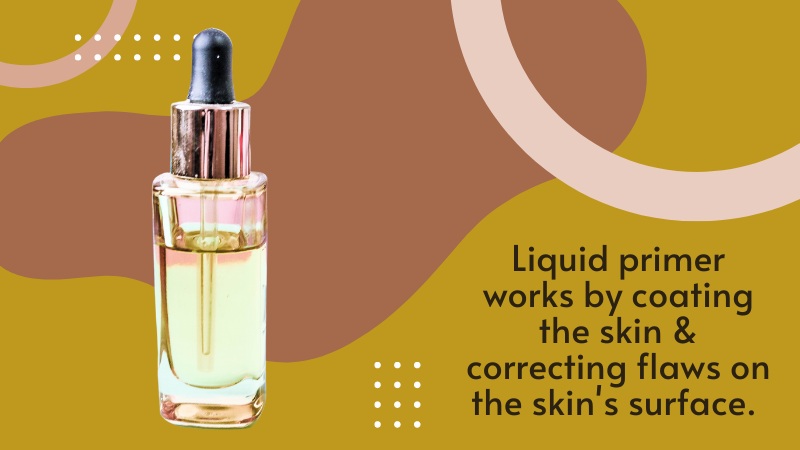
There are two types of makeup primers for crossdresser use: powder and liquid.
Both work well but with different mechanisms and set different rules to follow.
Liquid primer works by coating the skin and correcting flaws on the skin’s surface.
It does not stain the clothes, as it dries quickly, leaving a matte finish.
The downside is that it may have an oily feel and gets easily smudged if you sweat or scrub your face too much.
It might not work well if you’re tan because the color will be washed out.
Powder primers work differently. Foundation and other products get stuck to the powder instead of the skin.
This way, it is possible for powder primer to be used for both male and female use.
It also has no oily or greasy feel, making it suitable for skin types prone to acne or sensitive skin.
However, if you scrub your face too much during your makeup session, this primer can easily be messy, too.

2. When to apply makeup primers?

Primers are generally applied before foundation, concealer, and bronzer.
Since they contain various ingredients that help makeup stay longer and prevent irritation on the skin, it’s especially recommended for people with sensitive skin or those with a lot of makeup use.
Besides primers working as a base for makeup to stick to the surface, they also prevent the skin from breaking out and make it feel more comfortable.
If you use a primer, you should wait 20 minutes before applying the foundation.
3. How to apply makeup primers?

The best way to apply a makeup primer is to shake your bottle, then squirt a small amount of primer on your hand, use the tip of your middle finger to dab the primer, and gently massage it onto the surface, starting from your cheeks down to the neck.
It’s essential to dab small amounts on your skin since it covers more surface area that way, and you won’t waste the product.
It would be best to let the primer dry for at least 20 minutes before applying the foundation.
If you use many products on your skin, you should wait longer.
You can also apply it directly onto your face or neck using your fingertips.
The best way to apply primer is to wait until it’s dry, then apply foundation.
You can even use the same makeup brush to blend both products.
4. Best primer for oily skin

The best primer contains powdering elements for oily skin since it will absorb excess oil on your face.
When you’re wearing foundation and concealer, it usually ends up in areas that are rarely exposed, such as on your forehead, nose, and ears.
If you use an oil-absorbing primer, you will minimize your skin’s tendency to be shiny and greasy.
For those with oily skin, choose a primer that also contains moisturizing agents.
That way, the primer will not leave the skin feeling dry or tight after applying makeup.
5. Best primer for dry skin

Dry skin is more prone to dehydration than oily skin.
Even though it makes up only 4% of the world’s population, it’s still widespread.
So, what’s the best primer for dry skin?
The first thing you should look for when buying a primer is the product’s consistency and ingredients.
Since dry skin is more prone to breakouts and irritation, it’s best to apply a primer free of alcohol or oil.
If you want to use an oil-free makeup primer, look for one that contains hyaluronic acid or another type of moisturizing ingredient.
It will help to nourish your skin and add extra moisture.
A good primer will also help minimize the appearance of fine lines and wrinkles.
6. Best primer for mature skin

The best primers for mature skin usually contain hyaluronic acid or vitamins that help to rejuvenate and improve texture and elasticity.
That’s because, most of the time, mature skin has visible signs of aging, such as wrinkles, fine lines, and dark spots.
However, if you choose a primer that contains alcohol or silicone, you will only make matters worse.
The best choice usually includes a combination of moisturizing ingredients, like hyaluronic acid, ceramides, and more.
7. The best primer for sensitive skin

The best primer for sensitive skin is fragrance-free and does not contain any color additives or preservatives.
The last thing you need for sensitive skin is an irritant that will turn your skin red and sore.
It’s also essential to find a primer that does not contain any alkalis or phenols.
If you have sensitive skin, your primer should also not contain alcohol because it can irritate the skin’s surface.
8. Primers and setting spray: differences and use

Primer is a lotion/combination of various chemicals that create a smooth texture on the skin.
Setting spray is an aerosol spray that you can spray onto your face, neck, or any part of your body.
Its function is to help makeup products stay longer, prevent irritation and breakouts, and help makeup last longer.
The two products usually work together. When you apply primer, it’ll dry out the surface so that the foundation adheres to it better.
However, if you spray setting spray on the primer before makeup, it will create a more receptive surface to the foundation.
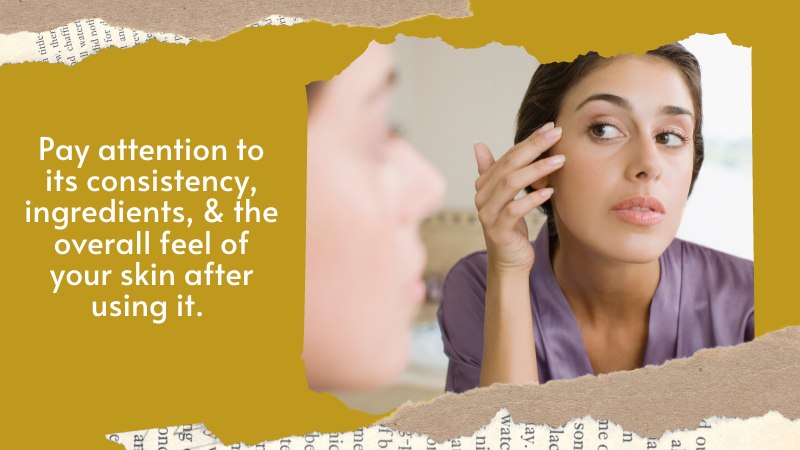
When choosing a setting spray, you should pay attention to its consistency, ingredients, and the overall feel of your skin after using it.
If you have dry skin, look for a product with moisturizing properties.
If you have oily skin, look for one that absorbs excess oil on your face.
It would help if you also chose a setting spray that contains alcohol but no fragrance.
It’s best to avoid products that contain silicone or shimmer because they tend to add more oil in the long run and can create a sparkling effect on your makeup.

9. How to apply setting spray?
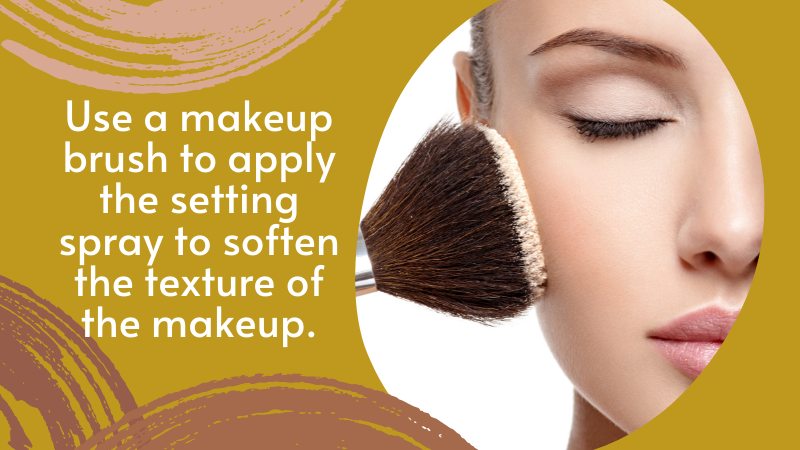
The best way to apply setting spray is to spray the bottle directly on the surface you want to cover.
You should also avoid spraying it on your face and sensitive areas because it can cause redness or irritation.
You can even use a makeup brush to apply the setting spray to soften the texture of the makeup.
The best way to apply setting spray is to wait for it to dry before applying foundation or other cosmetics.
The good thing about primers is that you can use them to adjust the look of your makeup and even create a new one based on your preferences.
Whether you want to enhance your natural beauty, hide flaws, or create a whole new look, there’s a primer for that.
There are even primers for different occasions.
For example, if you’re going to an event, you can use a primer as your makeup base.
If you’re going to the beach, choose one that contains UV protectors and moisturizing agents, such as mink oil or sunflower oil.
When choosing a primer, please pay attention to its consistency, ingredients, and the overall feel of your skin after using it.
When applying makeup primer, there are four things that you should keep in mind:
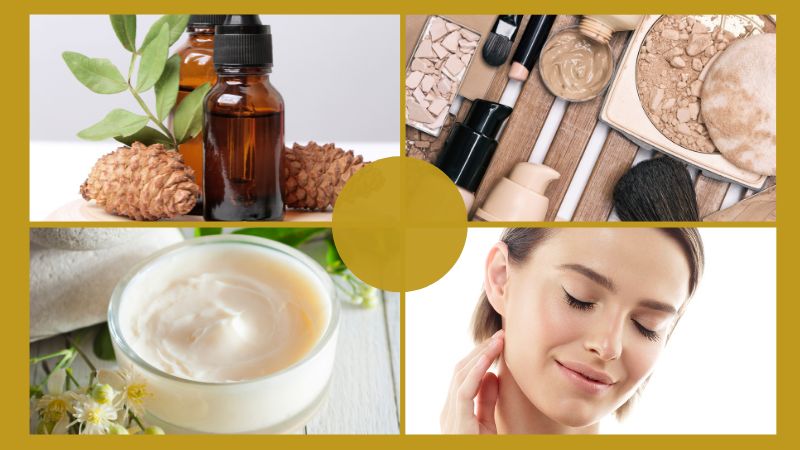
- The primer should be transparent or work with your skin tone.
- The color of the primer should match your foundation so that it’ll look seamless when you apply it.
- The primer must be moisturizing not to leave the skin feeling dry or tight after applying your makeup.
- It must also minimize the appearance of fine lines and wrinkles, especially if you’re using foundation or BB cream.
Tagged With:Best makeup primer , makeup primer tips for crossdressers
- How to be a Trans Femboy Influencer in 2024
- 7 Easy Ways to Level Up Your Sexy Femboy Beauty Routine Instantly
- How to Make a Fake Pregnant Belly Look Real: Tips for Every Trimester
- Game On: Sporty Tips for Crossdressers Attending the 2024 Olympics
- How to Pose for Lewd Cosplay Photos for Crossdressers
- How to Explore Crossdresser Bondage Safely and Sensually
- Sissy Makeup Guide: A Step-by-Step to Achieving a Feminine Look
- Hide Masculine Facial Features: Makeup Tips and Tricks for Crossdressers
- 5 Types of False Nails for MTF Crossdressers
- Trans Beauty: Tips for Beard Cover and Feminizing Makeup
- Top Male-to-Female Face Contouring Techniques
- How To Hide Your Adam’s Apple: Rookie Mistakes To Avoid
Established in 2009, We are a recognized manufacturer and seller of professional crossdressing products.
It is our aim to become not just the most creative manufacturer but also a very considerate seller, as we provide the best quality products for crossdressers all around the world.


















 Breast Forms
Breast Forms  Body Suit
Body Suit  Realistic Mask
Realistic Mask  Femini Girdle
Femini Girdle Hip & Butt Enhancement (8)
Hip & Butt Enhancement (8) Penis Prosthesis
Penis Prosthesis Fake Muscle
Fake Muscle Bikini
Bikini  Wig
Wig  Corsets
Corsets Course
Course service@roanyer.com
service@roanyer.com +8618652200711
+8618652200711 Facebook
Facebook YouTube
YouTube Twitter
Twitter Instagram
Instagram




